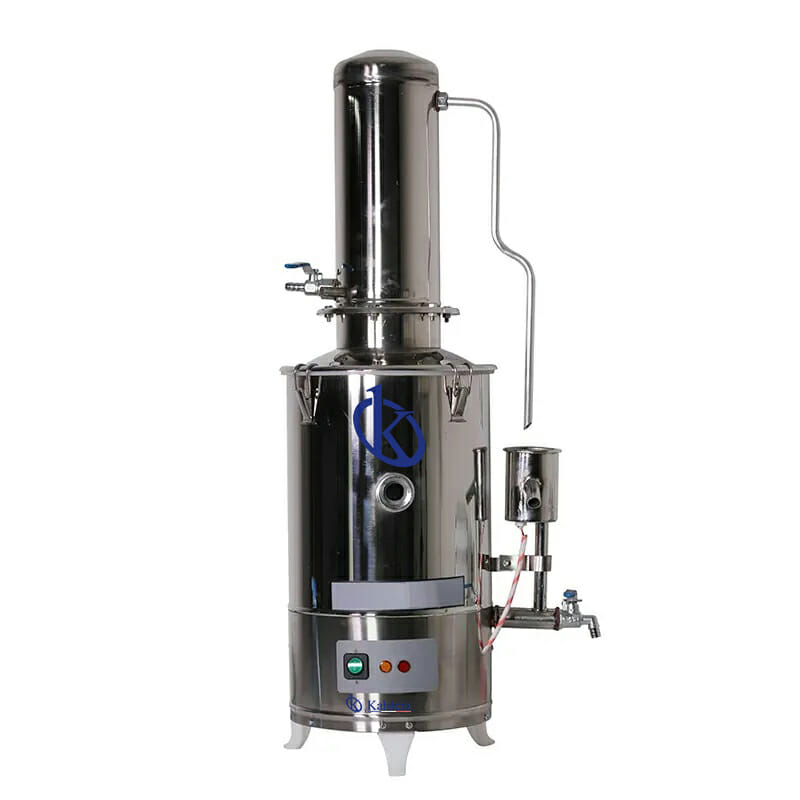In the food industry, water has many uses, from food processing, ice making, daily cleaning of facilities and surfaces, to hand washing. When used for food and beverage manufacturing, the purity of the water used will have a direct influence on the quality of food and beverages.
If water is incorporated as an ingredient in food manufacturing, we must consider it as one more raw material. In this case, if you do not possess the appropriate chemical and microbiological characteristics, you may favor undesirable consequences such as:
- Deterioration of the organoleptic properties of the food.
- Decreased nutritional value.
- Undesirable chemical reactions in food.
- Be a vehicle for food-borne diseases.
It is therefore essential to ensure the quality of water used in food processing. It has to meet a number of hygiene and health requirements, which ensure the safety of processed food.
There are water quality and safety specifications for the food industry. Although health standards vary from country to country, tolerance levels for water pollutants are generally quite similar, ensuring the health of consumers worldwide.
In general, the water quality required for food processing is the same as that required for human drinking water, i.e. drinking water. However, the type of product to be developed needs to be analyzed, as there are foods in which it is easier to grow and develop micro-organisms. For example, products with a high protein content, such as dairy products.
Water distiller and brief explanation of distillation
The design of this device will depend on the volumes of water required in the food industry. In general, it can be said to consist of a steam generator or a boiling tank, immersion resistors, cooling water outlet, condenser, filter and distilled water tank.
This process begins by heating the water to the boiling point in the container called the steam generator or boiling chamber; then the steam produced is captured and condensed in a condensation chamber; then, the freshly condensed water is filtered and stored in the distilled water tank. During distillation, most inorganic compounds and non-volatile molecules do not evaporate with water and remain in the boiling chamber. However, some organic compounds that boil at lower boiling points than water can re-contaminate water once it has been condensed to its liquid form. For example, benzene. However, this disadvantage is resolved with the use of the filter.
Kalstein Distillers
At Kalstein, we offer our customers a wide variety of water distillers, included in the YR series. You can choose the one that best suits your institution’s needs. The Kalstein water distillation equipment operates in an automated manner and is therefore easy to use. They are designed with a glass vessel on top, allowing observation of the distillation process. They promote water and energy savings and have a protection system for electrical overloads and, in addition, a protection function in cases where the water supply is reduced or interrupted. For more information on Kalstein distillers, visit the link HERE

